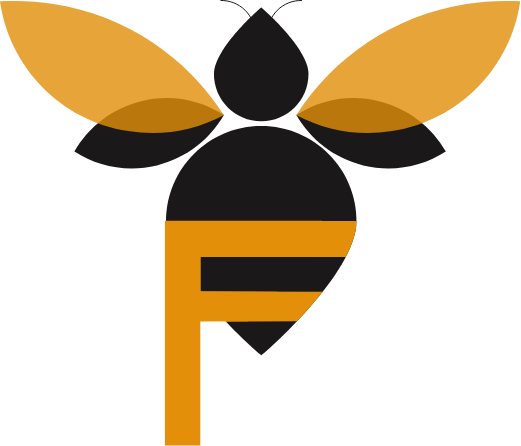Thoughts on this month in beekeeping by Janine Sparks
JULY 2024
At last some summer weather and I am pleased to report that I haven’t had to feed my bees for a few weeks now – what a spring! Whether the bees will be able to catch up and make some excess honey for me is another matter!
What I worry about most is that, whilst we can feed our bees to keep them alive, how are the solitary bees, bumblebees, hoverflies and butterflies coping? I have seen lots of posts on Facebook by people commenting on the lack of bees and other insects in their garden.
What is going on in the hive?
The swarming season should in theory be over… but I can tell you it is not! There is a steady stream of reports/calls that the swarm collectors are dealing with, and a swarm actually found a home in a stack of empty hive equipment in my garden last week! This late swarming is again a symptom of the weather being so dire for so long. So keep checking your hives, and in particular, make sure they have plenty of room for those nectar flows! The queen should be working hard now building up the brood in the hive, and the longer hours of daylight and warmth will mean the foragers will be out from early morning until the evening.
Check your hives
You should continue your regular inspections once a week to look out for signs of swarming. It is also important to keep an eye on the health of the colony – look at the brood pattern, are the stores building up nicely, is there anything that looks unusual in the hive? If in doubt, maybe ask someone else to take a look – a second pair of eyes is always helpful I find.
Now is a good time to do a Varroa count – put a varroa board in and count up the number of varroa you see after 24 hours. According to the FERA National Bee Unit guidance on Varroa you don’t want more than 1,000 Varroa in your hives otherwise there is the risk of colony collapse.
Take action as necessary using a control… not easy this time of year with a flow on and supers filling up as most of the treatments require you to remove supers whilst the bees are being treated.
In your regular inspections, the usual checklist applies:
- Do you see the queen or evidence of the queen (eggs, larvae brood in all stages)
- What does the brood pattern look like? If it is patchy it could indicate that the queen is failing, or a brood disease.
- Look out for evidence of disease.
- What is the temperament like?
- Do you see drones?
- Do you see queen cells? Have your swarm prevention plan to hand. Just destroying any queen cells normally just delays the problem, so be ready to manage this situation.
- Are there sufficient stores – nectar and pollen?
- Is there enough room? If in doubt, add another super!
Don’t forget to keep records updated!
Check the Larder
There appears to be an abundance of forage for the bees now thank goodness! I have many brambles in my garden (they will be hacked back as soon as they stop flowering!!). There is such a buzz coming from them at the moment! The Linden trees nearby are also in full flower, and the roses have been magnificent over the past couple of weeks. Lavender, Nasturtium, Jerusalem Sage, Nepeta, Honeysuckle are also providing a wonderful array of food for the bees!
Enjoy your bees!







